author of Honorable Influence - founder of Mindful Marketing
Heisman Trophy winner, former Carolina Panthers star, and recent New England Patriots quarterback Cam Newton was leaving the field at a teen football camp in Myrtle Beach, SC, when one of the young campers inexplicably began to berate him: “You a free agent! You a free agent! You're about to be poor!”
Newton smiled as he replied “I’m rich,” which caused the teen to reiterate his attack and led Newton to repeat his retort, all while keeping his cool and eventually asking to talk with the teen’s father.
After the video went viral, several current and former NFL players joined the social media uproar to express support for Newton, who, after all, was there to help the aspiring athletes. Many paid media pundits also offered their opinions, including ESPN’s most passionate personality, Stephen A. Smith.
On First Take, a daily sports talk show he cohosts, Smith came down hard on the contentious teen, delivering an unsympathetic rebuke of the young player’s abrasiveness. Some of Smith’s harsh criticism included:
“That kid should be ashamed of himself. If I was his parent, he would have been grounded, he would have been punished. I might have slapped him upside his head.”
“That was a disgraceful, disgraceful display of behavior by that young kid.”
“The level of disrespect that young kids show to their elders is one of the problems that we have existing in today’s world.”
NFL analyst Louis Riddick emphatically agreed that there’s a troubling rise in insolence among adolescents: “We’re failing in some way shape or form that the youth of our country feels as though they have a right to talk to people that way in any kind of forum, quite honestly.”
Such comments beg the question: ‘When it comes to modeling civil dialogue, who is setting such a bad example for young people?’ In admonishing the teenage heckler, Smith suggested that the breakdown is not happening on the home front: “What would get you to do that to begin with, because those same parents were there, those same coaches were there. They taught you better than that. You knew better than that before you did it.”
Tweeting what appeared to be a heartfelt apology, the beleaguered teen confirmed Smith’s theory that his parental upbringing was not to blame for his actions: “First I would like to start off by saying my parents never taught me to [treat] people disrespectful.”
So, if family is not at fault for this and other youthful irreverence, who is responsible? Could it be that this young man learned insolence, at least in part, from one of the same sports commentators who castigated him?
Anyone who enjoys ESPN knows Smith as someone with a very sharp sports mind who is always insightful, usually entertaining, often cantankerous, and occasionally uncivil. Unfortunately, it’s easy to find instances of the last category simply by searching YouTube for “stephen a smith angry” or some similar terms. Here are a few of the odious outtakes, including their starting times in the clips:
“You know, you [Will Cain, former ESPN analyst] make me sick sometimes; you make me sick sometimes, please, please, just be quiet and listen because let me tell you something: You don’t know what the h*** you talking about . . . Zip it. I’m giving you facts. You don’t get to speak right now . . . People disagree with me all the time and they just end up wrong like you.” [0:14]
“This man [Kwame Brown] was a bona fide scrub; he can’t play. No disrespect whatsoever, but I’m sorry to tell everybody the truth, the man cannot play the game of basketball . . . He has no game whatsoever, plays no defense, doesn’t have the heart, the passion, or anything that comes with it.” [1:25]
“Before I get to the phones, let me say this about Joel Embiid for the Philadelphia 76ers. What the h*** was that! What the h***! You freaking kidding me?” [:01]
How likely is it that young sports fans see Smith’s rants? In September of 2019, ESPN Digital was the number one sports platform “across every key metric and demographic.” What’s more, the platform saw a 64% year-over-year increase in people age 13-24, which contributed to the medium reaching 109.2 million unique visitors—about a third of the U.S. population.
Similarly, in 2018 Statista reported that 35.71% of respondents aged 18-29 watched ESPN during the previous month. All this to say, media metrics suggests that a very high percentage of young sports fans view ESPN, where they are very likely to see Smith, who is probably the network’s most visible personality and is certainly its highest paid, at $8 million a year.
Smith–viewer correlation, however, does not necessarily mean causality. Young athletes also may be mimicking the impertinence of others, namely that of professionals who increasingly do disrespectful things like taunt opponents after touchdowns, brazenly flip bats after home runs, and stare down defenders after dunks. Other ESPN commentators sometimes celebrate such actions on SportsCenter’s Top Ten plays—see #3 at 1:55.
However, an even more direct correlate with adolescent irreverence may be professional athletes’ trash-talking: the in-game verbal sparring that prizes putdowns, is sometimes seasoned with profanity, and can easily lead to physical altercations. ESPN tends to laugh off or even eulogize ‘the most memorable trash-talking moments.’
So, put yourself in the cleats of the teenage football camper. You love sports, you watch media like ESPN, you see top athletes glorified for trash-talking and other irreverent acts, and you listen to sports analysts’ verbal attacks on others. It’s not hard to imagine how anyone, let alone an adolescent who is still learning to distinguish certain socially unacceptable behaviors, could think it’s funny to take some verbal jabs at an NFL star. Of course, it wasn’t okay, but in light of all the mixed messages from role models and sports media, the teen’s actions should not be surprising.
Ironically, ESPN’s YouTube title for the First Take clip referenced above is “Stephen A. reacts to Cam Newton’s incident with a trash-talking camper.” Granted, there’s the issue of youth disrespecting age, but what’s the fundamental logic or fairness in condemning the “trash-talking” of some while celebrating the trash-talking of others?
It’s also ironic that several years ago, Smith made his own caustic verbal attack on an NFL quarterback, JaMarcus Russell of the Oakland Raiders. Here’s what Smith said at 2:18 into the clip:
“I am a person that believes in second chances. I think America is the land of second chances, except for when it comes to this dude, Mr. Jabba the Hutt, you fat slobily, no-good lazy bum of a quarterback.”
“This dude should be arrested for being a thief. He stole money from the Oakland Raiders for years. I’m talking $40 million dollars. The dude had about seven starts, did absolutely positively nothing. He cashed in the money, evidently used it on buying a bunch of donuts.”
Some may say Smith’s QB hit was worse than the teen heckler’s, “You a free agent! You a free agent! You're about to be poor!” Although Smith didn’t say his words to Russell’s face, he probably planned his tirade and knew it would be broadcast on national television, which also was arguably worse.
In his commentary on First Take about the heckling teen, Smith said, “I do think it takes a little bit of looking in the mirror to ask yourself, what would get you to do that?” Of course, the point here is that Smith could benefit from some of the same introspection.
However, he’s not the only one who needs to do self-assess. It’s tempting for any of us to demand, 'Do what I say, not what I do.' It’s also very easy to see the “speck” in someone else’s eye while overlooking the “plank” in our own.
I’ve been guilty of that hypocrisy at times, along with failing to appreciate my action’s influence on others, including young people. There have been occasions when I’ve watched painfully as one of my children did something ‘the wrong way,’ only to realize, ‘they learned it from me.’
Such unwanted imitation reminds me of Ralphie in The Christmas Story. After he accidentally swore in front of his father, his mother asked him, “Where did you hear that word?” Ralphie conveniently told her it was one of his friends, but he knew, “I had heard that word at least 10 times a day from my old man. My father worked in profanity the way other artists might work in oils or clay. It was his true medium, a master.”
The best way to avoid others imitating our bad art is to not make it. That approach comports with Riddick’s recommendation:
“Instead of being too shocked about [the teen’s heckling] and spending too much time being angry about it, try to do something to change it, try to do something to positively impact the youth of our country so that kind of thing doesn’t happen.”
For ESPN, that positive impact could come by ending its own analysts’ trash-talking and not exalting athletes who let their mouths run afoul. No one’s trash-talking should be tolerated, let alone celebrated, and especially not monetized.
It’s dangerous for any of us to think, “It’s okay for me to do it, but not for you,” particularly when our actions influence young people learning social norms. Smith speculated that the heckling incident could be “a teaching moment, a learning moment.” Let’s hope it is for him, for ESPN, and for all of, so we can put a collective lid on this rancid type of “Single-Minded Marketing.”
Learn more about the Mindful Matrix.
Check out Mindful Marketing Ads and Vote your Mind!

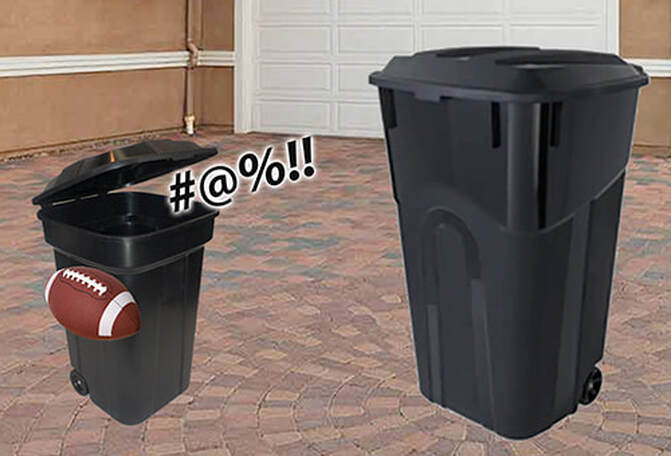


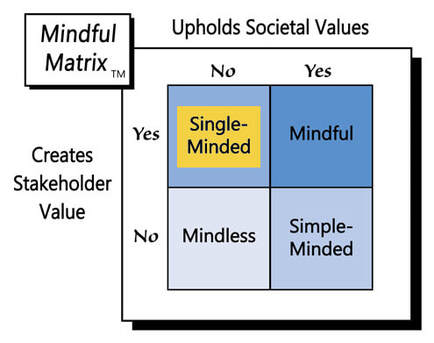






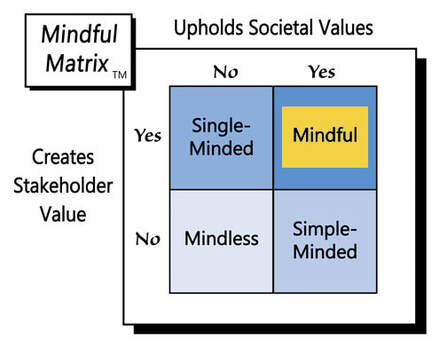
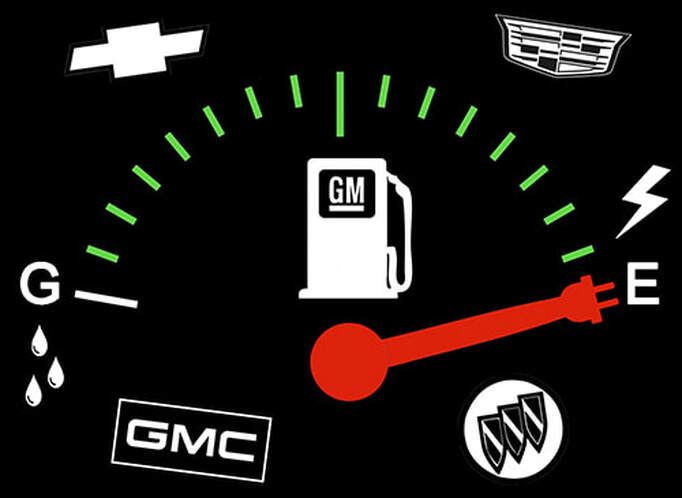
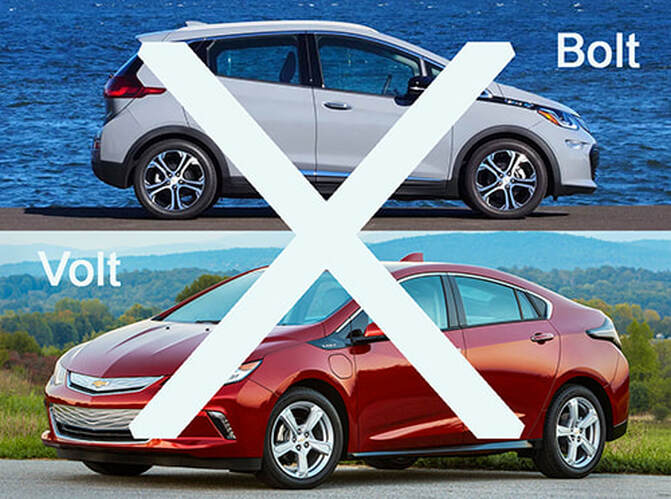

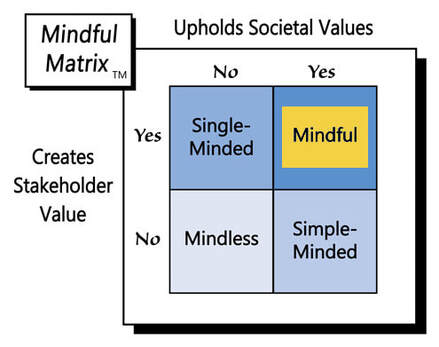
 RSS Feed
RSS Feed